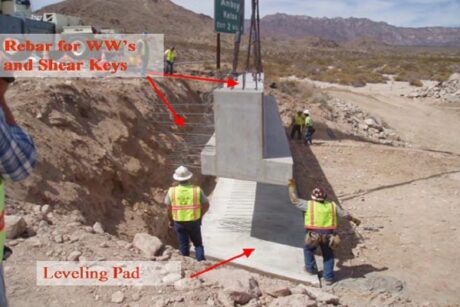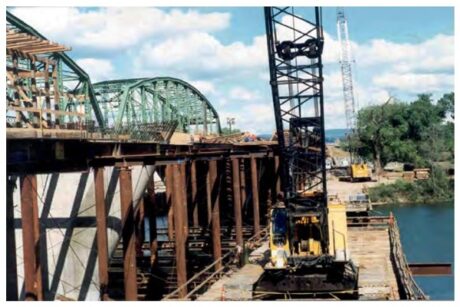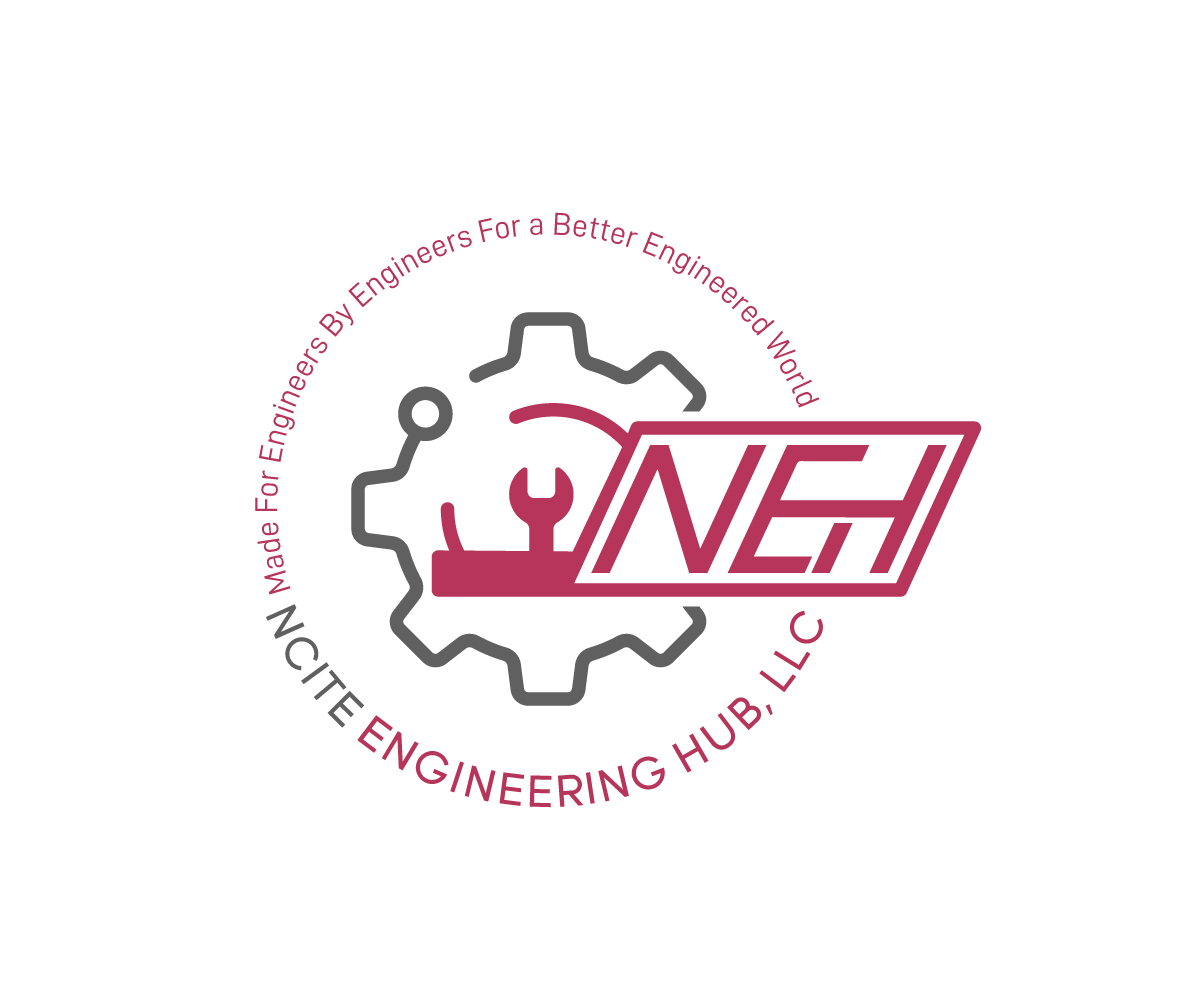- Webinar No: WBNR 1174
- PDH Units: 3
- Webinar No: WBNR 1174
- PDH Units: 3
Intended Audience: Civil & Structure Engineers
Credits: 3 PDH Units
When: Thursday 2/23, 2 - 5 pm ET
There has long been a difference of opinion between wind and earthquake engineers about the values of damping to choose for design, despite the fact that the same structure is responding – just to different actions. This presentation presents the reasons for these disagreements, applies physical principles to energy loss by a structure, and shows that the disagreements are easily reconciled when damping is considered as a non-linear parameter and all forms of energy dissipation are considered. Additionally the history of the approach to structural damping is reviewed as well as various methods for measuring damping together with an assessment of each methodology. The change that occurred in the early 1970’s has enormous implications for the measurement and for the use of structural damping as a forensics tool. This is considered in detail in this course. The following items are considered:
- The measurement of damping considering that it is a non-linear parameter.
- The alignment of a mathematical model of damping with the real performance of structures.
- The use of fracture mechanics to arrive at a predictor for damping.
- Full-scale measurements of structures under wind and earthquake excitation.
- Methods of measuring damping from the behavior of full-scale structures.
- Reconciliation of the different approaches.
- False estimates of response by using constant damping values
- The effect of tilt on damping
- The Random Decrement
- The mechanisms of damping and associated mathematical problems.
- The implications of the wrong choice for damping in earthquake engineering.
- The stick-slip mechanism
- The use of damping for forensic analysis
- Influence functions and damping.
- Retrieving damping data from buildings and bridges at low amplitudes
- Extrapolating from measurements to the elastic limit
- Moving into the ductile zone for seismic design.
Date: Thursday February 23. 2 - 5 pm ET Credits: 3 PDH Units
Learning Objectives
At the successful conclusion of this course, you’ll be able to identify and discuss:- Understand the non-linear damping behavior of buildings and bridges.
- Understand the term ‘equivalent viscous damping’.
- Understand the use of facture mechanics in damping interpretation.
- Understand the basic behavior that can be decoded to yield a damping estimate.
- Understand the detailed methodology of measuring damping.
- Understand the different mechanisms of damping.
- Understand the implications of the use of incorrect damping parameters for the design of structures.
- Appreciate the use of damping measurements for forensic investigations.
- Understand the use of the Amplitude Related Random Decrement signature.
Special Webinar Instructions
After payment, please visit this webinar page, click “Start Course” and fill out the Webinar Registration Form. You’ll receive email notification and details on how to join the webinar. You will then be able to access the webinar slides, test your system and receive webinar reminders. After completing the webinar requirements, your certificate of completion will be saved and available for download in your profile. We value your feedback! Please rate this webinar after completion.Group Discounts Available
Once completed, your order and certificate of completion will be available in your profile when you’re logged in to the site.










